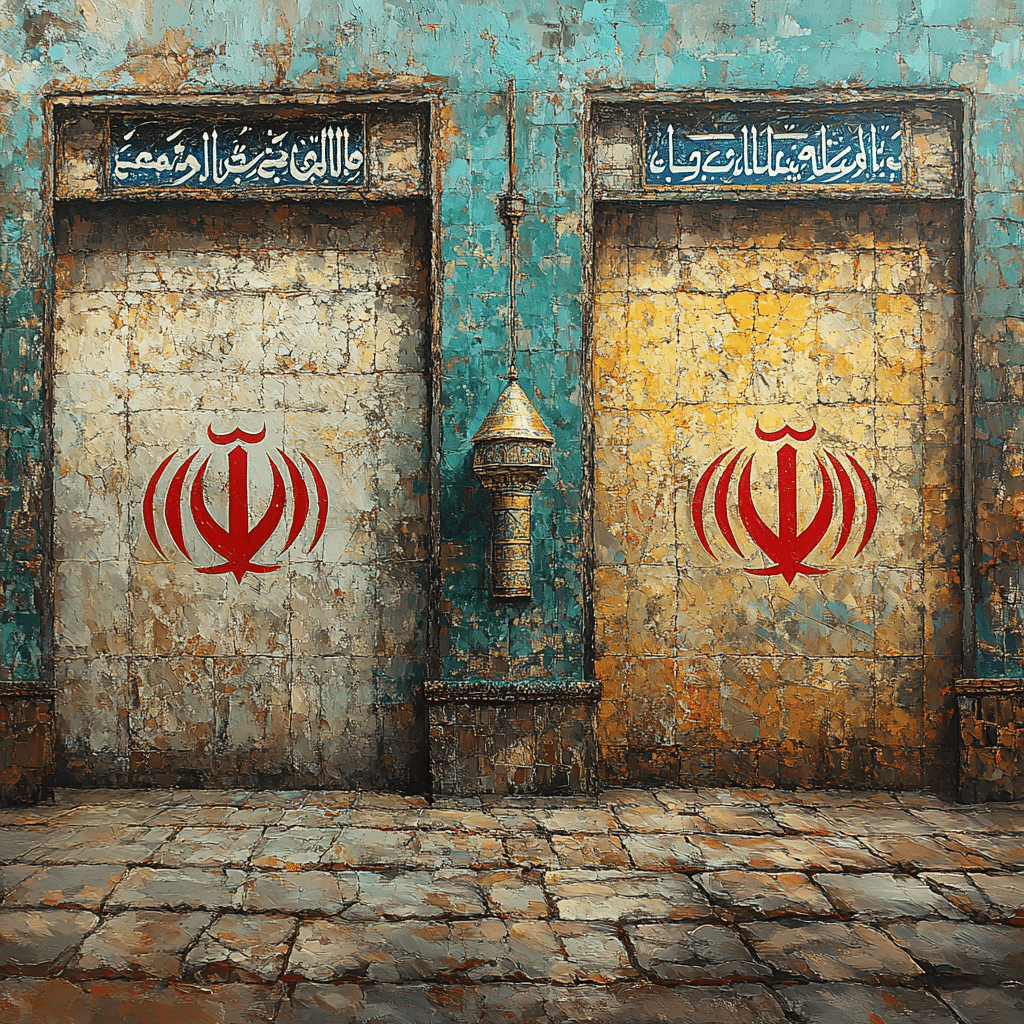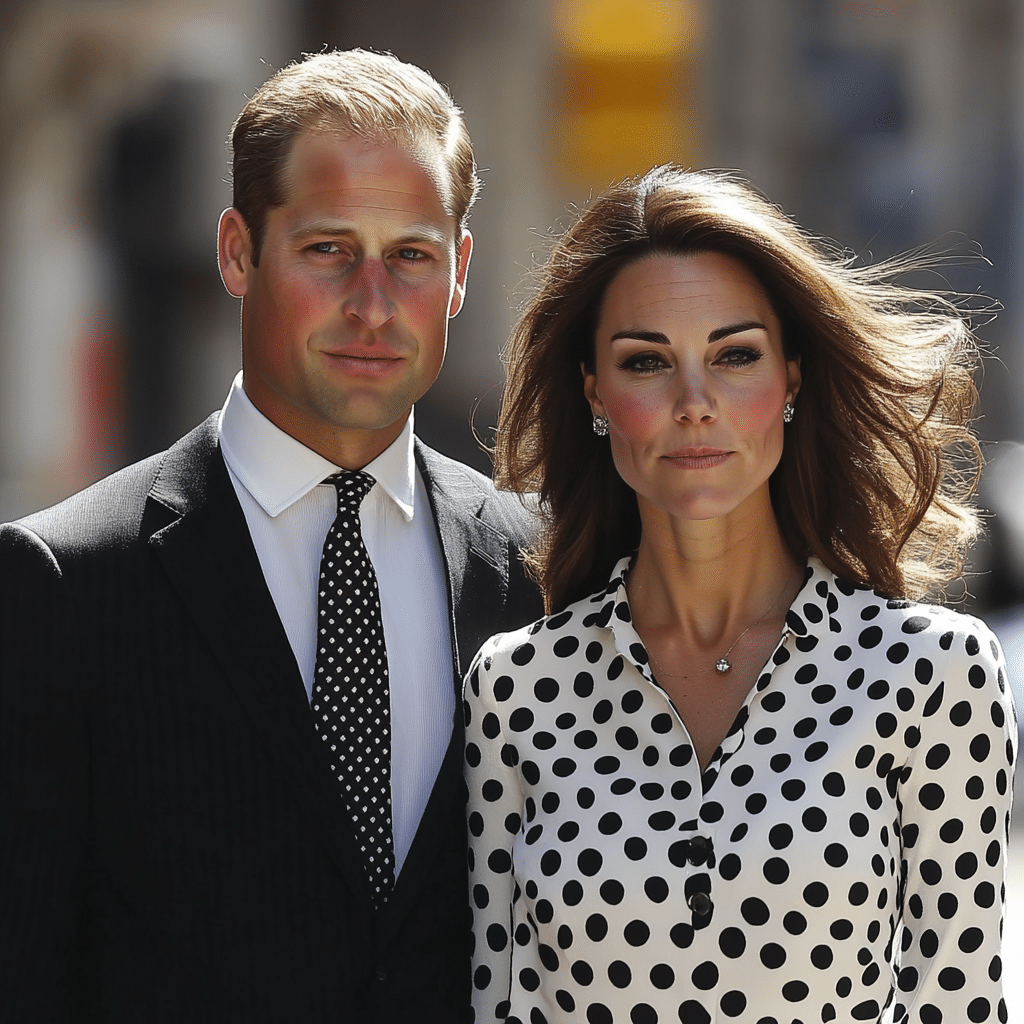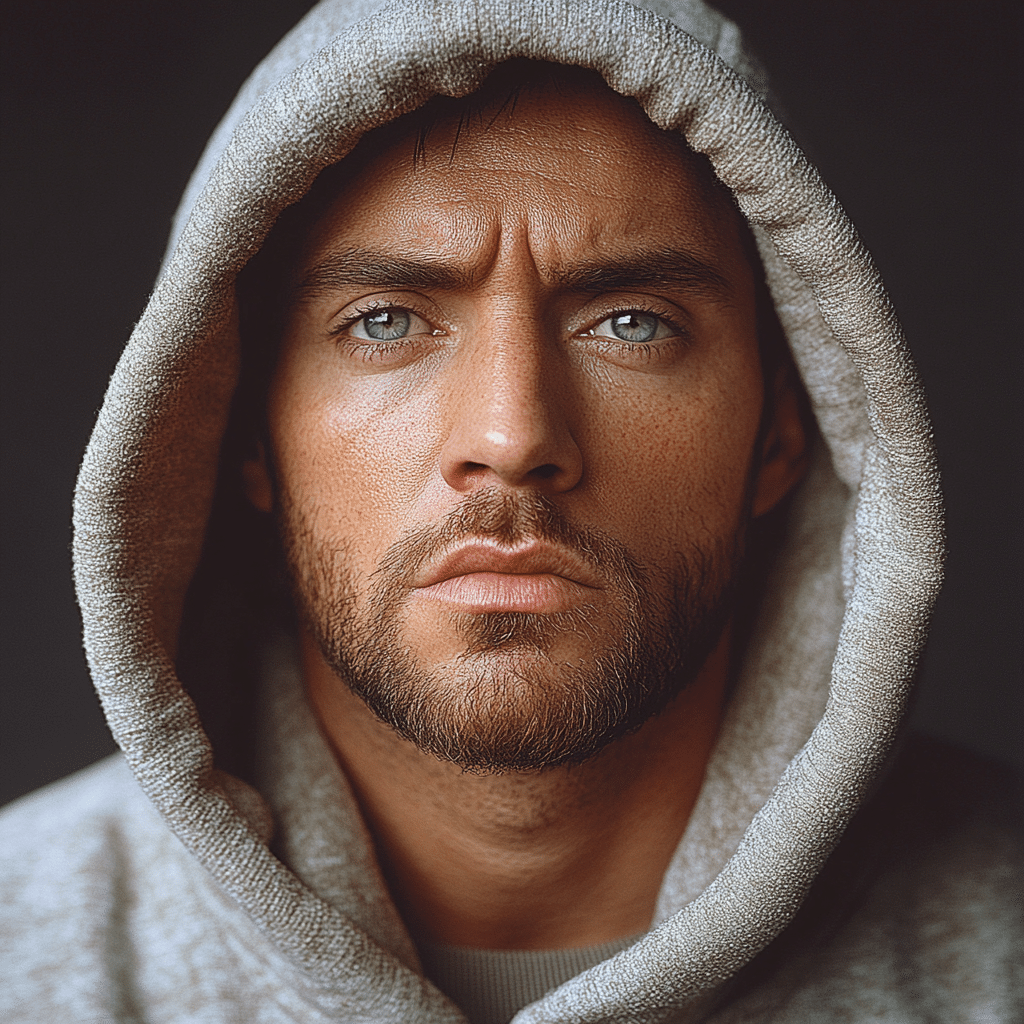
The Balenciaga Scandal: A Fashion Industry Reckoning
The Balenciaga scandal dropped like a bombshell in the fashion industry, stirring up conversations that extend well beyond the world of haute couture. With disturbing ads flaunting bizarre imagery, Balenciaga has sparked public outrage and debates over ethics in marketing. It’s hard to ignore the cultural implications here; this isn’t just another fashion faux pas; it’s a moment that’s forcing everyone, from consumers to industry insiders, to reassess their values.
Artistic expression is a double-edged sword in the fashion industry. The backlash against Balenciaga illustrates a crucial lesson: creativity doesn’t excuse irresponsibility. Critics argue that the ads are a stark reminder of how art can sometimes cross ethical boundaries. This scandal has peeled back the layers of the fashion world, revealing deeper social issues that challenge norms and raise important questions about accountability in advertising.
What’s fascinating is how quickly the scandal spread. Social media became a boiling point for criticism, as countless voices chimed in, fueling the conversation further. From fashionistas to ordinary consumers, the outcry has plunged deep into discussions about marketing ethics, ultimately marking this as more than just a fleeting moment in the public eye.

Top 5 Disturbing Elements of the Balenciaga Ads
One of the most alarming features of the ads was the use of child models paired with unsettling and inappropriate props. Many felt this was not only a misstep but a failure to protect vulnerable subjects, raising serious questions about the responsibilities fashion brands hold toward youth. The unsettling visuals filter down to portrayals that could potentially warp societal perceptions of children.
Viewers quickly picked up on the heavy symbolism within the ads. Dark themes hinting at trauma and societal decay resonated profoundly, making many rethink what fashion should stand for. Critics argue that while some might suggest these messages are avant-garde, they lean dangerously into the territory of insensitivity. The depth of meaning invites misinterpretation, prompting broader conversations about context in fashion advertising.
Influencers and celebrities didn’t hesitate to distance themselves from Balenciaga, with Kim Kardashian being particularly scrutinized for her ties to the brand. This swift withdrawal speaks volumes about the fragile relationship between brand partnerships and public sentiment. Today’s celebrities are keenly aware of their influence and the ripple effect societal values can impose on their reputations.
Post-scandal, many consumers began reassessing their loyalties to Balenciaga. A noticeable trend emerged where buyers gravitated towards brands like Stella McCartney and Reformation, which promote ethical practices. This is a pivotal moment that highlights a growing consumer appetite for brands that prioritize transparency, setting the stage for a potential shift in market dynamics.
Balenciaga’s response involved immediate public apologies and a reevaluation of their marketing strategies. Analysts believe that transparency and accountability will be crucial in restoring trust. The ongoing challenge for Balenciaga is whether they can bounce back and redefine what ethical advertising looks like in today’s world.
The Balenciaga Tracks Controversy: The Fine Line Between Art and Exploitation
The launch of the Balenciaga Tracks sneaker line escalated the debate regarding the fusion of art and advertising. While the design is undeniably eye-catching, critics are questioning whether the artistic choices cross into the territory of exploitation. The unsettling backdrops used during the marketing campaign starkly contrast with the luxury goods being showcased, inviting scrutiny over how far is too far.
In this chaotic mix, some defend the need for creative freedom, arguing that fashion should be provocative. However, others insist on greater accountability from brands to mitigate harmful narratives. This tug-of-war illustrates the broader struggle within the fashion community; how to maintain creative integrity while ensuring that messages don’t perpetuate societal harm.
In this era of constant connectivity, the public’s response acts as a litmus test for fashion’s future direction. There’s a palpable shift in consumer expectations; they no longer accept just surface-level artistry. The fashion world is under the microscope, and it’s clear that brands must prioritize responsible messaging alongside aesthetic merit.
Men’s Fashion and the Shadow of the Menendez Brothers Release Date
The impending Menendez brothers release date stirs up memories of scandal, paralleling Balenciaga’s moment in the spotlight. While these cases seem unrelated at first glance, they highlight societal attitudes towards crime and celebrity. Much like the Menendez brothers, whose story captivated a nation, Balenciaga has found itself enmeshed in a narrative that’s complex and revealing.
Public perception shapes consumer behavior, and although the fashion industry may feel disconnected, it’s actually quite intertwined with societal narratives. Figures associated with infamy draw interest and often influence trends. This sensationalism reminds brands that reputational risks could ultimately affect their bottom line, just like any dramatic headline.
Echoes of these societal stories inform consumer choices. Brands must recognize how cultural narratives can sway public sentiment, reinforcing the idea that being socially conscious is no longer optional; it’s essential. With all eyes on them, brands like Balenciaga must navigate these shifting tides thoughtfully.
Innovative Wrap-Up: Reconstructing Brand Narratives in a Post-Scandal World
The Balenciaga scandal serves as an eye-opener for the entire fashion sector. As brands grapple with the balance of creativity and accountability, they must innovate to meet consumer expectations. The landscape is shifting toward greater scrutiny of ethical practices, signaling a critical moment for the industry to redefine its narrative.
In this new frontier, brands are called upon to prioritize transparency, authenticity, and a commitment to societal values. Consumers are increasingly discerning, demanding that brands take ownership of their messages. The aftermath of this scandal represents an opportunity for brands to course-correct and foster a culture of responsibility.
So, in light of the Balenciaga scandal, the fashion industry stands at a crossroads. It’s ripe for transformation, where brands can redefine not just style, but also their ethical footing in the market. By learning from these missteps, they can pave the way for a more conscious and socially responsible future. Fashion isn’t just what we wear; it’s a reflection of who we are and what we stand for.
In our current climate, brands have the potential to lead the way, setting industry standards for responsible marketing while engaging consumers in meaningful dialogues about ethics and expression.
Balenciaga Scandal: A Fashion Misstep
Shocking Campaigns and Cultural Impact
When the balenciaga scandal broke, it sent ripples through the entire fashion industry. The brand’s recent ad campaigns, featuring unsettling imagery and controversial themes, have left many wondering how such a mistake could occur in the first place. It’s like the time when folks were so perplexed about the emoji with guns becoming an internet sensation, making us scratch our heads at society’s shifting norms. The backlash against Balenciaga has sparked not only debates about brand accountability but also conversations about the broader cultural implications of marketing choices.
Interestingly, did you know that campaigns can directly influence a company’s stock price? For instance, brands experiencing public relations disasters often see a dip in their financial performance quickly. This is much like how the lowest home loan interest rate can affect homeowners’ decisions, leading them to reconsider their finances during turbulent times. For Balenciaga, navigating these choppy waters requires a strategic reevaluation, reminding us that even high-fashion giants must tread carefully.
The Unexpected Connections
In the frenzy surrounding the balenciaga scandal, many fashion enthusiasts are rediscovering the importance of ethical advertising. It’s a lesson that resonates with other industries too. Take fast food chains, for example. The nostalgia over the beloved McDonald’s snack wrap shows how brands can win back consumer loyalty with relatable marketing, however, they must tread lightly to avoid the pitfalls facing companies like Balenciaga. Fashion trends may shift like the icy landscape of the antarctica ice wall, but consumer values evolve just as rapidly, signifying that brands must stay in tune with societal sentiments.
Behind the scenes, brand leaders might be pondering: what really went wrong? Surprisingly, this scandal serves as a fascinating chapter in the evolution of advertising strategies. Influencers and consumers alike now wield the power to sway brand reputations as if they were chatting about Yona, the animated character that represents innocence and complexity alike. The Balenciaga situation exemplifies how swiftly things can change, reminiscent of how quickly news travels regarding natural disasters, like checking when is the hurricane supposed to hit Florida. So, amidst the uproar and social media backlash, the fashion world watches closely, eager to glean insights from this pivotal moment.
Lessons from the Limelight
As the balenciaga scandal continues to unfold, it has turned into more than just a moment of outrage; it’s become a learning opportunity. Designers and marketers may find themselves inspired or cautioned by this incident, where even top-tier brands must invest heart and thought into how they convey messages to the public. Just as the double pearl hinged earrings from Tiffany & Co have withstood trends to remain timeless, brands should strive to establish a rapport with their audiences that transcends the fleeting glitter of visuals.
In a similar vein, athletes like Jacob Fatu remind us that staying true to one’s roots can be as vital as flashy advertisements. The road to recovery post-scandal requires a return to authentic engagement with customers, making them feel valued rather than just profit contributors. While the balenciaga scandal continues to generate buzz, it also offers a reflection of how far we’ve come as a society in holding brands accountable. And just like that, we find ourselves in a modern fashion fable, learning from past missteps while looking forward to a future of greater responsibility and creativity.






















